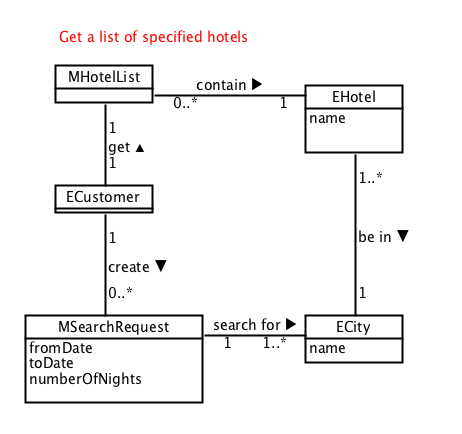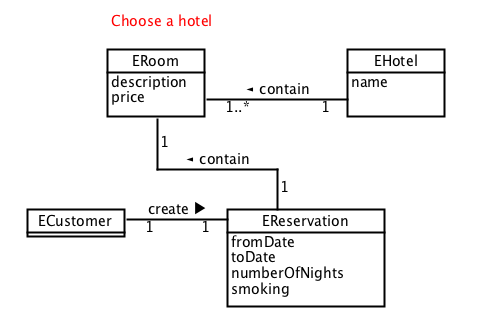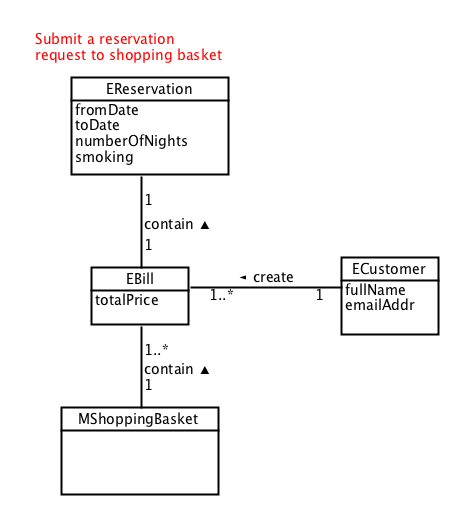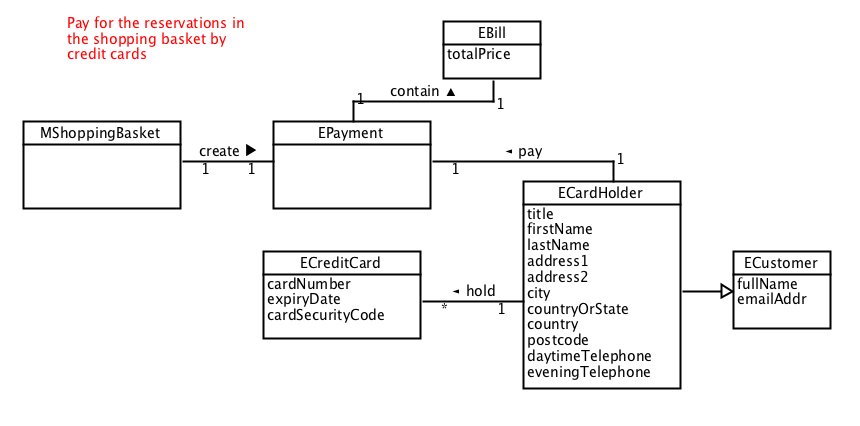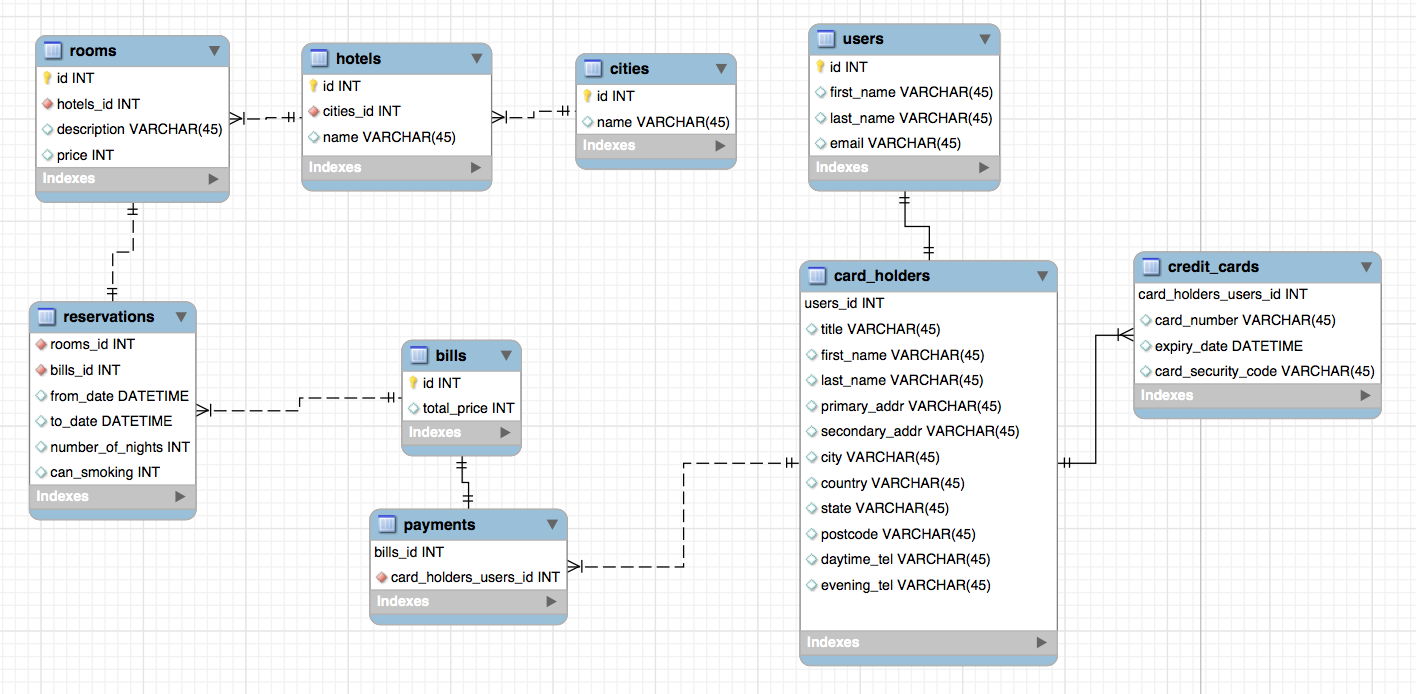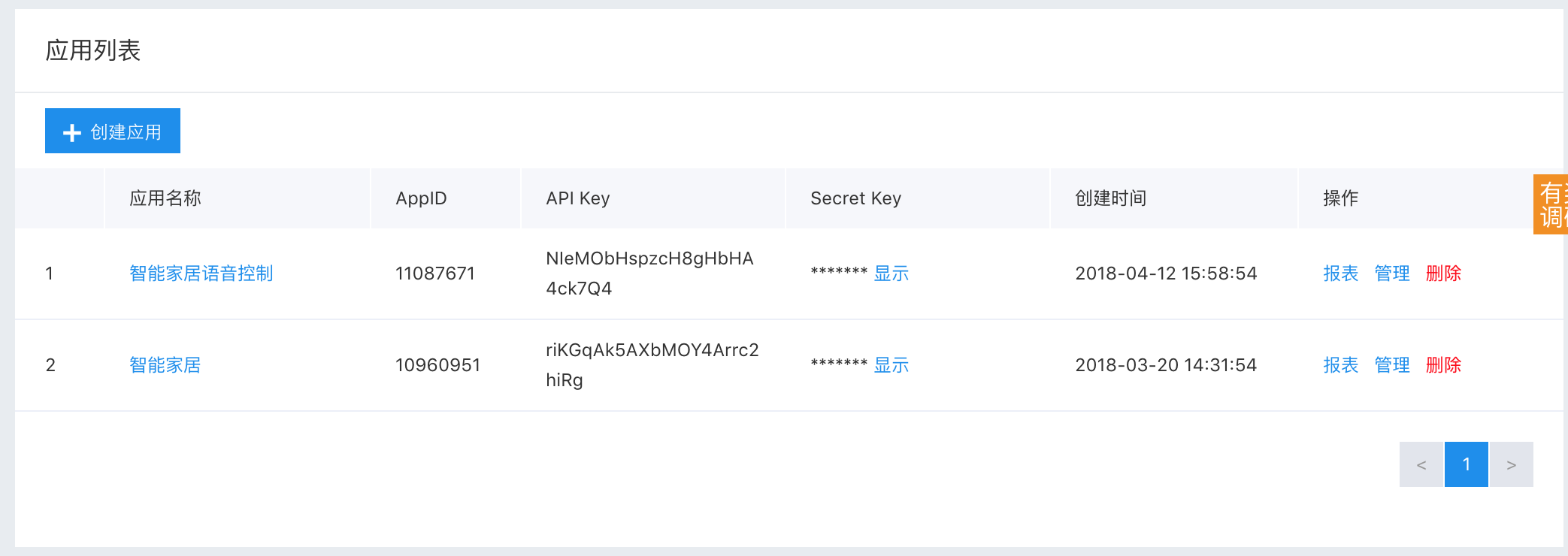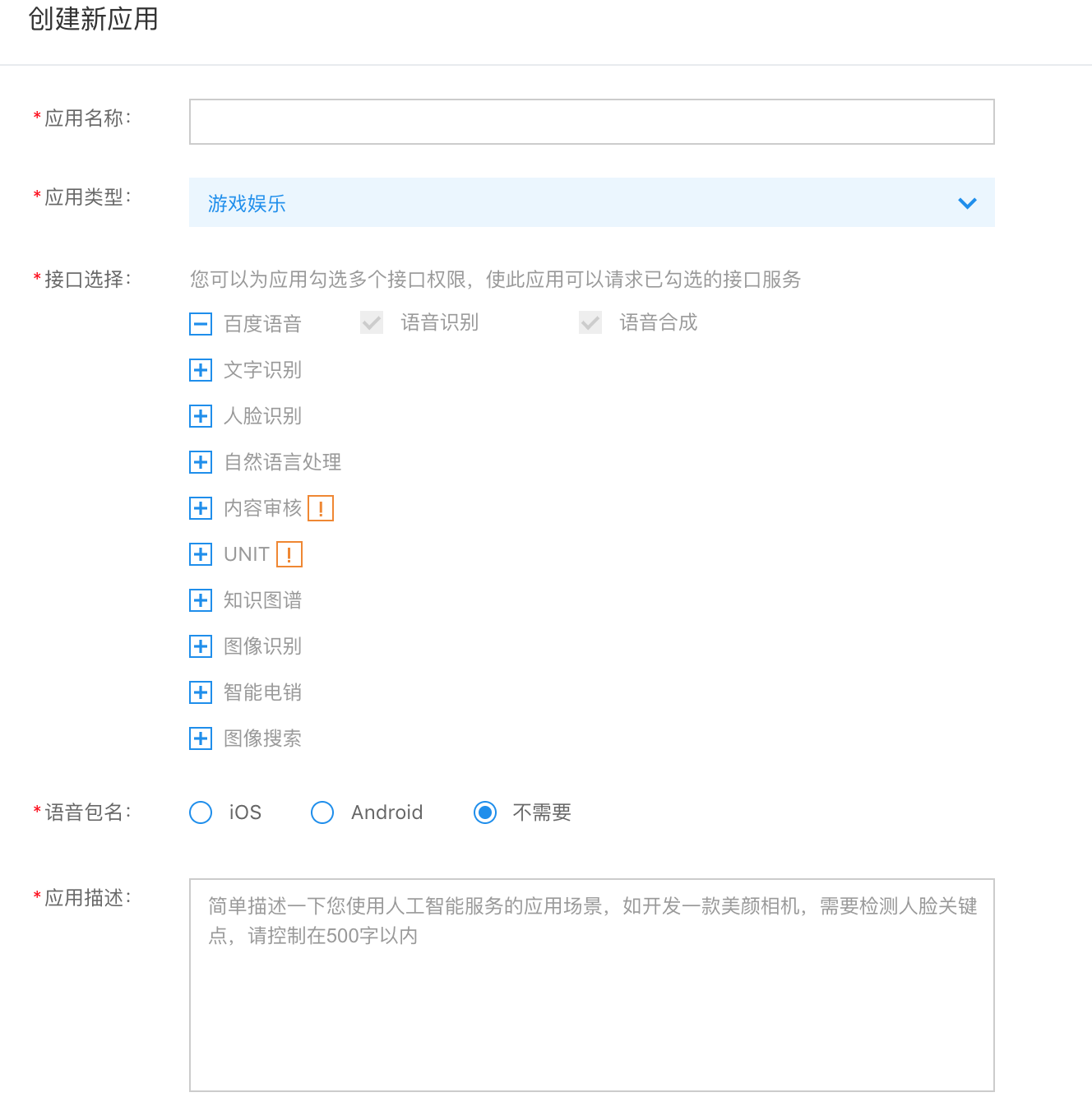Summary
Given a non-empty string s containing digits from 0 to 26 with size n, determine the total number of ways to decode it by characters ‘A’ to ‘Z’.
Dynamic Programming
This is a typical dynamic programming problem on a sequence. It is not quite hard to come out the representation of states but, in this problem, several situations need to be considered.
At the beginning, I used F[i] to represent the answer of the subsequence from 0 to i, both inclusively. However, it was quite hard to determine the relationships between F[i] and F[i - 1]. Therefore, I came out another representation.
- Let
F[i]be the answer of the subsequence from0toi, both inclusively, whose all decode ways are end by the character at positioni. - Let
G[i]be the answer of the subsequence from0toi, both inclusively, whose all decode ways are end by the character combined by positioniandi - 1. - The final answer will be
F[n - 1] + G[n - 1].
After that, we need to consider following rules,
F[0] = 1,G[0] = 0.s[i]can be along(s[i] != '0'), soF[i] = F[i - 1] + G[i - 1].s[i]cannot be along, soF[i] = 0.s[i]can combine withs[i - 1], soG[i] = F[i - 1].s[i]cannot combine withs[i - 1], soG[i] = 0.- There is a
0in the string, and no other digits can combine with it. s[0] == '0', and the answer is0.
Therefore, for any 1 <= i < n, we may consider two boolean value, can_along and can_combine. If both of them are false, Rule 6 satisfies and just return 0.

